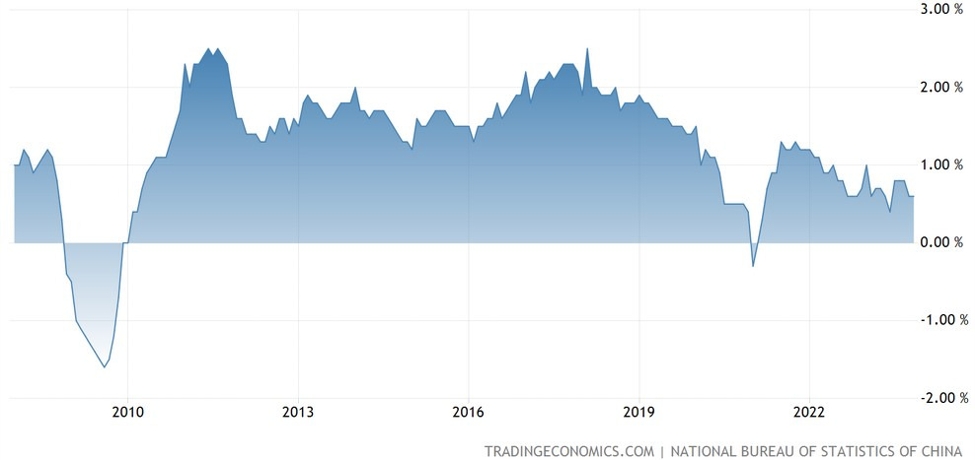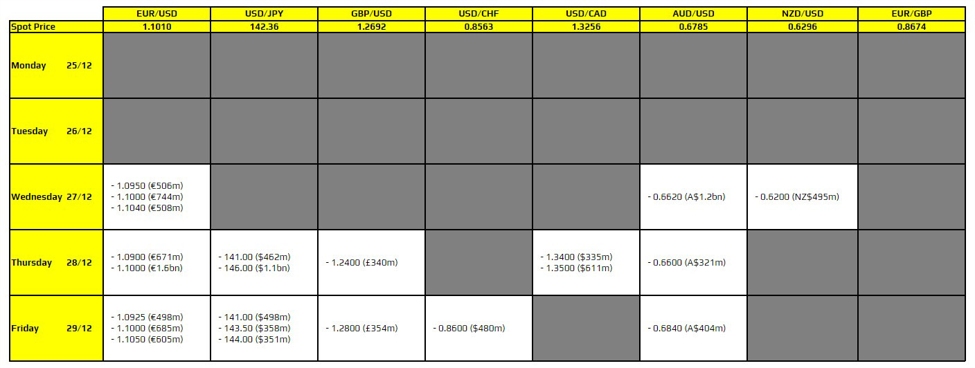The dramatic over 16% decline in Super Micro Computer, Inc. (SMCI) stock following its earnings report on August 5, 2025, has sent shockwaves through the market, prompting a flurry of activity and debate among investors and traders. A common refrain in trading circles, “SMCI down 20%. I’m accumulating,” highlights a popular but often perilous strategy: buying the dip without a full understanding of the underlying market dynamics. This situation serves as a powerful case study for a more strategic, less emotional approach to post-earnings trading.
SMCI, a darling stock among retailers, down 16% on earnings
1. The Importance of the “Expected Move” and Its Deviation
A cornerstone of disciplined options trading around earnings is the concept of the “expected move.” This metric, derived from the prices of options, provides a quantifiable estimate of how much the market anticipates a stock’s price will fluctuate, either up or down, in the immediate wake of an earnings release. For SMCI’s most recent report, the expected move was approximately 12.2%. This figure is calculated from the implied straddle value of front-month options, a method that captures the collective sentiment of options traders regarding a stock’s potential volatility.
The actual decline of over 16% is significant because it exceeded this expected move by roughly one-third. This deviation is a critical signal. While a decline within the expected range might be interpreted as a standard, predictable reaction to the news, a move that substantially surpasses this range suggests a far more bearish surprise. It indicates that the market’s collective disappointment was more profound than what was already priced into the stock, suggesting a more significant repricing is underway.
2. Contextualizing the Decline: A History of Explosive Growth
A myopic focus on the single-day decline can be misleading without proper context. Before this earnings report, SMCI had been on a phenomenal upward trajectory:
-
From the previous earnings report: Since its May 6, 2025, earnings report, SMCI had experienced a gain of nearly 97%, reaching a peak of approximately $62.36.
-
From the broader market low: Since the market low on April 4, 2025, the stock had surged by an incredible 125%.
Such a rapid and substantial price appreciation, particularly in a relatively short timeframe, sets the stage for a period of profit-taking. Institutional investors and sophisticated traders, who hold large positions, are often bound by risk management protocols that require them to trim holdings after outsized gains. This pre-programmed selling, regardless of the quality of the earnings report, can create downward pressure on the stock. When the earnings report fails to deliver a knockout punch that justifies the preceding rally, this selling can intensify and lead to a sharp, swift correction.
3. The “Good News is Not Good Enough” Phenomenon
The SMCI scenario is not an isolated event but a manifestation of a broader market principle: when a stock’s price has already run up significantly, market expectations become extraordinarily high. Even a “good” earnings report, one that might be viewed positively in a different context, can trigger a sell-off if it falls short of these inflated expectations. The case of AMD serves as a recent example. Despite delivering what appeared to be solid headline results, the stock still saw a significant decline of roughly 9% from its after-hours high. This reaction underscores that in a highly valued market, performance must be not just good, but exceptional, to avoid triggering profit-taking.
4. Institutional Selling and the Multi-Stage Decline
The initial drop of over 16% may be the beginning, not the end, of the stock’s correction. Institutional investors, due to the sheer size of their positions, cannot liquidate their holdings all at once without causing a cascade of selling that would drive the price down further, thereby reducing their own proceeds. Consequently, they often employ a phased selling strategy, offloading their shares in multiple stages over a period of days or even weeks. This behavior suggests that the initial sharp decline can be a leading indicator of further potential downside. While some short-term traders might successfully “scalp” small rebounds, longer-term and swing traders should exercise extreme caution, as the path of least resistance in the short to medium term could remain downward.
5. The Need for Technical Confirmation: A Rejection of the “V-Shaped” Recovery
Sharp, post-earnings declines rarely lead to immediate “V-shaped” recoveries where the stock bounces back just as quickly as it fell. The more probable scenario involves a period of price stabilization and consolidation. This phase allows the market to digest the new information and for a new consensus on the stock’s value to form.
Savvy traders wait for specific technical patterns to emerge before considering an entry. These patterns can include:
-
Double bottoms: A pattern where the price falls to a support level, bounces, falls back to the same or a similar level, and then bounces again, signaling a potential reversal.
-
Descending wedges: A bullish reversal pattern characterized by two downward-sloping, converging trendlines. As the price makes lower highs and lower lows within this pattern, the volume typically decreases, indicating that selling pressure is waning. A breakout above the upper trendline can signal a potential new uptrend.
-
Consolidations at key support levels: The stock may trade sideways at important technical levels, such as an anchored VWAP (Volume-Weighted Average Price) from a significant point in the past or a high-volume node from a volume profile. These levels represent areas where a large amount of trading activity has occurred, often acting as strong support or resistance.
Attempting to buy immediately without waiting for these technical confirmations is akin to catching a falling knife and carries a significantly elevated risk.
6. Macro and Seasonal Influences
The post-earnings price action is not determined solely by the company’s report. Several external factors can exacerbate or mitigate the price movement:
-
Seasonality: The current period (summer months) is often characterized by lower trading volumes and liquidity, which can magnify price swings.
-
Macro Environment: The performance of the broader market and the specific sector (in this case, semiconductors, including key players like AMD) can heavily influence a stock’s behavior. A broader market downturn can amplify a stock’s post-earnings decline.
-
Technical Signals: Algorithms and institutional investors are programmed to react to key technical levels, which can trigger automatic buying or selling at specific price points.
7. The Contrast Between Emotional and Strategic Decision-Making
The impulse to “accumulate” on a steep decline is often an emotional response, driven by frustration, regret, or a conviction that the market is “wrong.” This can lead to a number of common and costly pitfalls:
-
Revenge trading: Trying to make back losses or capitalize on a perceived mispricing out of anger or frustration.
-
Blindly averaging down: Buying more of a losing position without a revised investment thesis, simply because the price is lower. This can be a dangerous practice, as it increases exposure to a stock that may continue to fall.
-
Confusing long-term conviction with short-term risk: Believing in a company’s long-term prospects is not a license to ignore the significant short-term risks of a downward-trending stock.
A strategic approach, by contrast, is rooted in patience, a structured analysis of the technical and fundamental landscape, and the discipline to wait for a clearer signal. It involves letting the dust settle, allowing price action to stabilize, and forming a new, data-driven thesis before committing capital.
Truly a must read for every stock investor out there, don’t be the immediate, stock dip buying hero…
The initial sharp drop in SMCI’s stock is a powerful reminder that investing around earnings requires a nuanced and patient approach. The market’s reaction, especially when it exceeds the anticipated move and comes after a period of significant price appreciation, is not to be taken lightly. By understanding the dynamics of the “expected move,” the influence of institutional selling, and the importance of technical confirmation, traders can move beyond emotional reactions and make more informed decisions. While the long-term potential of SMCI may still be strong, the short-term risks remain elevated.















